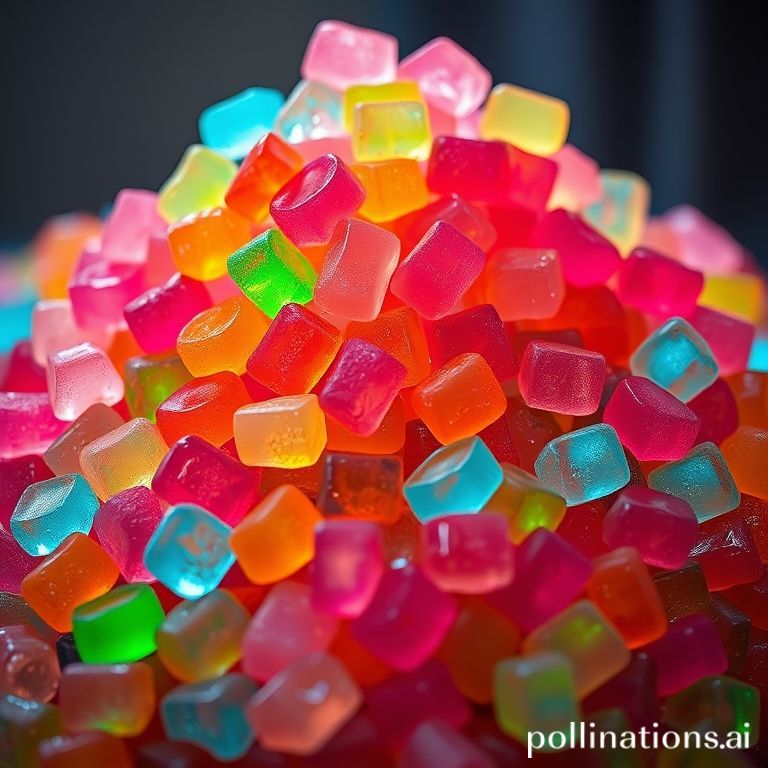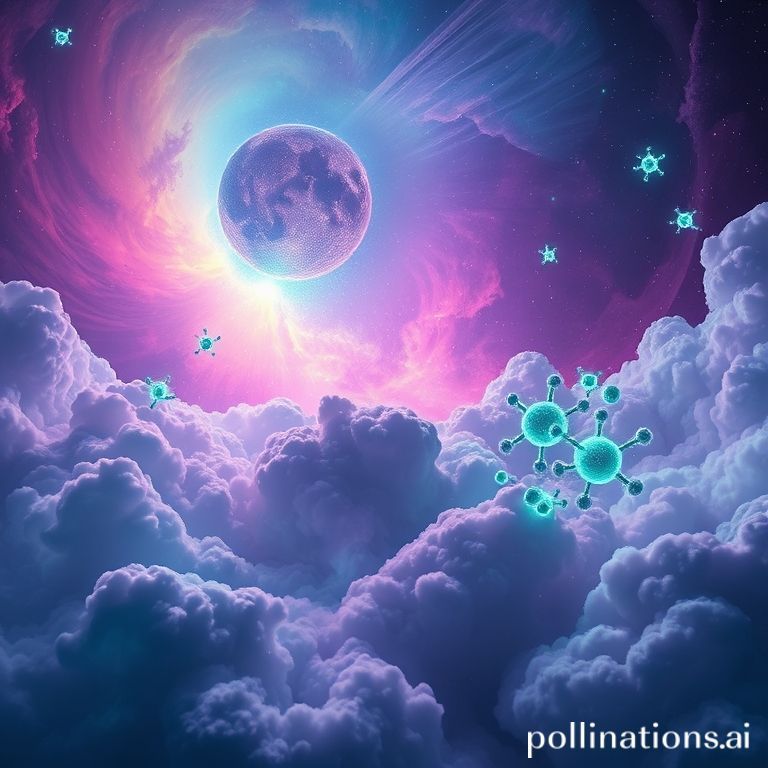The Science of Sour Candy: A Deep Dive Into Why We Love the Pucker
It’s a universal reflex. You pop a piece of sour candy into your mouth, and your face contorts into a beautiful disaster. Eyes squint, lips pucker, and for a glorious few seconds, your entire world is an electrifying tingle. But have you ever paused mid-pucker to ask *why*?
This isn’t just flavor; it’s a full-blown chemical event happening on your tongue. The science of sour candy is a fascinating journey into chemistry, biology, and a little bit of delicious pain. Get ready to decode the secrets behind that mouth-watering jolt.

What Makes Something Taste Sour? It’s All About the Protons
Before we get to the candy, let’s talk about the taste itself. Sourness is one of the five basic tastes, and it serves a primal, evolutionary purpose: it’s our built-in detector for acids.
In nature, high acidity often signals unripe fruit or spoiled food. Our ancestors who could detect sourness were better at avoiding a nasty stomach ache. This detection system is incredibly sophisticated, all thanks to specialized proteins on our taste buds.
When an acidic substance dissolves in your saliva, it unleashes a flood of hydrogen ions (H+). Think of these as tiny, free-roaming protons. Specific receptor cells on your tongue, particularly one called PKD2L1, act like bouncers at a club. When they detect this proton party, they send an urgent signal to your brain: “Code Red! We’ve got acid on deck!” Your brain then interprets this signal as “SOUR!”
The Acid Avengers: Your Sour Candy’s Chemical Superheroes
Candy makers are master chemists, carefully selecting different food-grade acids to create unique sour experiences. Each one has a distinct personality and attack pattern. Understanding the malic acid citric acid candy combination is key to appreciating their craft.
Citric Acid: The Zesty All-Rounder
Naturally found in lemons, limes, and oranges, citric acid delivers that classic, sharp, and immediate sour blast. It’s the “get in, get out” acid that provides the initial shockwave in candies like Sour Patch Kids.
Malic Acid: The Lingering Punch
Derived from apples and cherries, malic acid is the secret weapon for a longer-lasting sour sensation. Its chemical structure makes the sourness persist, creating a “blooming” effect on the palate. It’s the reason why some candies feel like they get *more* sour as you chew them.
Fumaric Acid: The Dry, Intense Specialist
Fumaric acid is the most potent and longest-lasting of the common souring agents. Because it doesn’t dissolve as easily in water, its sour power is released more slowly. It provides a dry, almost prickly kind of sourness, often used in powdered coatings to keep them from getting sticky.

How Sour Candy is Made: The Art of Weaponizing Flavor
So how do confectioners get these “Acid Avengers” onto (or into) the candy? There are two primary methods that define your entire sour experience.
Method 1: The “Sour Sand” Coating
This is the technique behind legends like Warheads and Sour Skittles. The candy itself is typically sweet. The magic happens with an outer coating of crystalline acid, usually a mix of citric and fumaric acid, blended with sugar.
When this “sand” hits your wet tongue, the acids dissolve instantly, creating a high-concentration, low-pH shockwave directly on your taste buds. Once you dissolve this layer, you’re rewarded with the sweet candy underneath. It’s a journey from pain to pleasure.
Method 2: The Internal Acid Matrix
For gummy candies or sour chews, the acid is mixed directly into the candy goo itself during production. This creates a more integrated and consistent sourness that lasts throughout the entire chew. It’s less of a sudden shock and more of a sustained, tangy hum, a perfect example of controlled sour taste perception.
“Creating the perfect sour candy isn’t just about adding acid. It’s a symphony. You need the initial piccolo shriek of citric acid, followed by the sustained cello note of malic. It’s about conducting a controlled chemical reaction in someone’s mouth.”
The Pucker-Up Paradox: Why Does It Hurt So Good?
Let’s be honest, the initial moments of eating an extremely sour candy can feel like a tiny chemical burn. And in a way, it is! The low pH of the concentrated acid temporarily irritates the delicate tissues of your tongue and cheeks.
This mild irritation triggers a rush of saliva as your body tries to neutralize the acid and restore balance. The combination of intense taste signals (sour, sweet) and mild pain signals creates a kind of sensory overload. For many people, this “flavor tripping” is thrilling and addictive. For more on how our mouths handle different sensations, you might enjoy our post on the science of spiciness.
For an in-depth look at food acids, check out this excellent article from the American Chemical Society.
Frequently Asked Questions About the Science of Sour
Is sour candy bad for your teeth?
Yes, it can be. The high acid content can erode tooth enamel, the protective outer layer of your teeth. It’s best to enjoy sour candy in moderation, and to rinse your mouth with water afterward instead of brushing immediately (which can spread the acid around).
Why does sour candy make my tongue raw?
That raw feeling is a mild chemical irritation from the concentrated acids. The low pH temporarily damages the very top layer of cells on your tongue. Don’t worry, your tongue heals incredibly fast, but it’s a sign that you should probably take a break!
Can you build a tolerance to sour candy?
Anecdotally, yes. Just like with spicy food, repeated exposure can desensitize your taste receptors to a degree. Your brain may learn to interpret the intense signals with less alarm, allowing you to enjoy even more extreme levels of sourness over time.


